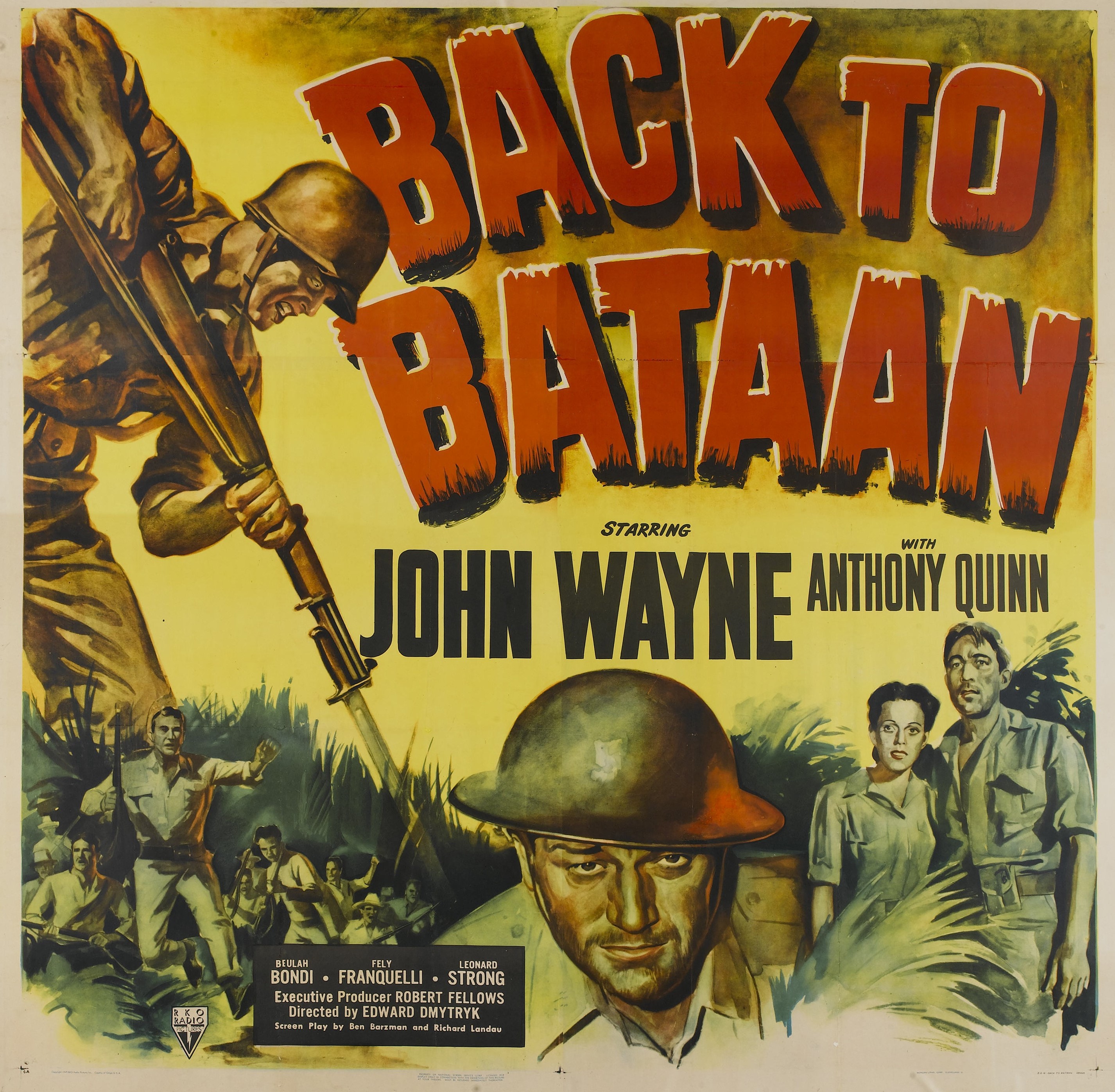
By Jim O’Neal
Last month marked the 75th anniversary of the Japanese attack on Pearl Harbor (Dec. 7, 1941) that resulted in the United States entry into World War II.
The Japanese war plan assumed that a quick strike that disabled American naval forces would deter the United States from interfering with their strategic objective of conquering Asia and acquiring rich natural resources.
They predicted a surprise victory would preclude a declaration of war and keep us focused on Europe, where Nazi Germany was on a rampage. The primary target was the Pacific Fleet, which included aircraft, battleships and aircraft carriers. They intentionally ignored the fuel depots and maintenance facilities since they would become superfluous (wrong!).
Ironically, U.S. plans included a proviso “to avoid charging across the Pacific” … in stark contrast to the core Japanese rationale. Further, the three aircraft carriers (Enterprise, Lexington and Saratoga) were at sea and escaped damage. So, quite perversely, these assets, three aircraft carriers, airplanes and all the supporting infrastructure, were precisely what we used to respond. “Remember Pearl Harbor” was the rallying cry that gave Congress the cover to declare war, something the American public opposed.
Six hours later, in a less-familiar situation, the Japanese also started bombing the U.S. Protectorates in the Philippines and Guam. General Douglas MacArthur was in Manila the day the bombing started – in his cozy suite at the Manila Hotel – and inexplicably failed to pass on the warning he had received hours before. He then relocated to the island of Corregidor in the mouth of Manila Bay and was there from December until March 1942, when FDR ordered him to Australia for his safety.
Bataan is a peninsula in the Philippines between Manila Bay and the South China Sea. It is a mountainous, hot, densely jungled place. It is also the location of one of the worst American defeats in WWII. On April 9, 1942, U.S. and Filipino forces on Bataan surrendered unconditionally to the Japanese after months of bombing and an invasion.
What followed was the infamous Bataan Death March.
More than 70,000 already-weakened Allied POWs were forced to walk over 60 miles to Japanese prison camps; many were sent to the Cabanatuan prison camp on the coast of Luzon. Thousands died en route of sickness, dehydration and murderous acts inflicted by their Japanese captors. Conditions at the camp are almost too gruesome to repeat.
In addition to the ordinary conditions of malaria, dysentery, scurvy, pellagra, beriberi and rickets, the long-term effects of vitamin and mineral deprivation exposed an abyss of human physiology. When the last phantom residues burned away, prisoners lost their voices, hair, eyes, teeth and hearing. Even their skin fell off. It was a pseudo-human medical freak show.
Finally, after nearly three years of tortuous living conditions, in January 1945, 121 hand-selected troops from the elite U.S. Army 6th Ranger Battalion slipped behind enemy lines and rescued the 513 American and British POWs that were still alive at Cabanatuan. It was a long three years for these survivors and it is almost miraculous that any made it.
 Intelligent Collector blogger JIM O’NEAL is an avid collector and history buff. He is president and CEO of Frito-Lay International [retired] and earlier served as chairman and CEO of PepsiCo Restaurants International [KFC Pizza Hut and Taco Bell].
Intelligent Collector blogger JIM O’NEAL is an avid collector and history buff. He is president and CEO of Frito-Lay International [retired] and earlier served as chairman and CEO of PepsiCo Restaurants International [KFC Pizza Hut and Taco Bell].
